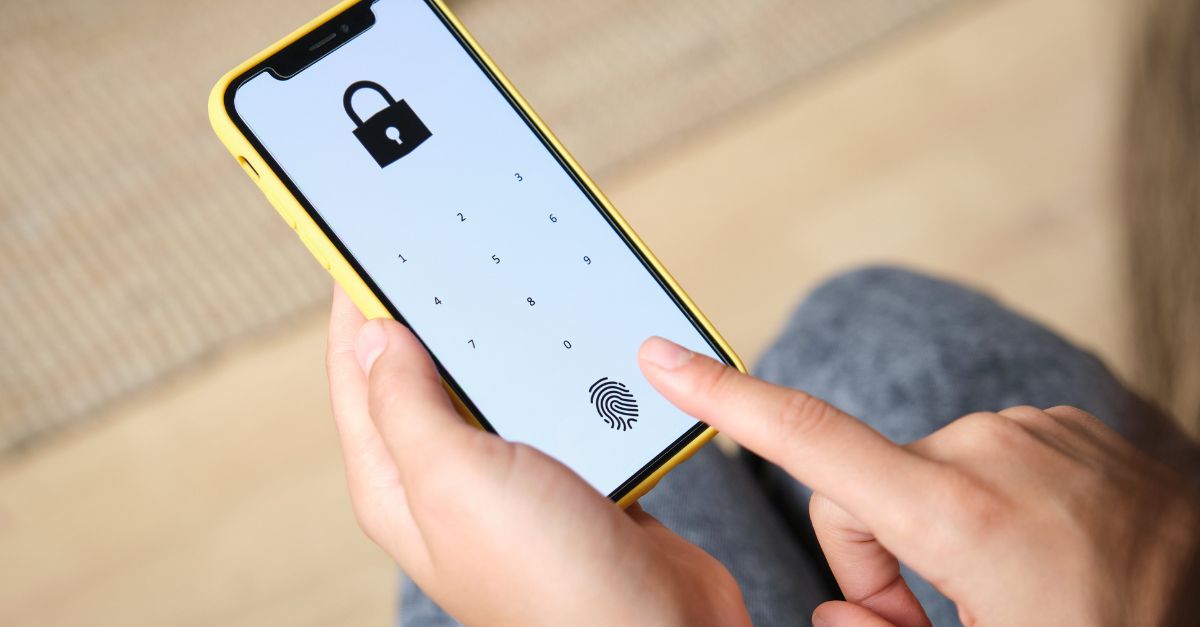Certificate-based authentication
Cyberspace is a vast and complex network; it is imperative for organizations to utilize a solution capable of securely identifying and verifying users and devices connecting to their systems. This is where certificate-based authentication comes into play.
Certificate-based authentication uses digital certificates to identify users, machines, and devices. It is frequently used in combination with other forms of authentication, such as usernames and passwords.
By itself, certificate-based network authentication can confirm if the devices connecting to an organization's network are authorized.
When used in conjunction with user authentication, organizations can verify that user A logged on with device B and determine whether or not the device is registered to user A. If so, the user can be permitted network access.
The digital certificates used in certificate-based authentication are like any other Digital Certificates you may already have in your business to secure websites (SSL/TLS certificates) or email/document signing (digital signatures). However, instead of being allocated to a single web server or person, the certificates can also be assigned to a specific device.
What is authentication and what does it mean?
Authentication is one of the most crucial elements of network security. It is the process of identifying and validating if a person or device is who or what they claim to be.
Authentication is often described in 3 factors:
- Something a user knows (such as passwords)
- Something a user has or owns (such as a physical token or a smart card)
- Something a user is (such as fingerprints and biometrics)
How does certificate-based authentication work?
Now that we know what a certificate-based authentication is, here’s how to implement certificate-based authentication in your systems:
- An administrator generates and assigns certificates to devices in their organization. This is often accomplished using a certificate management portal or a web-based front end to a managed service.
- The administrator configures their user directory and network security systems to trust certain users and devices for authentication. This is done by importing the users’ or devices’ digital certificates.
- When a user tries to log onto the network, an access request is sent to the network.
- Once mutual authentication is verified through a handshake process (wherein messages are encrypted and decrypted between devices and server), the device is given access to the server.
Authentication vs. Authorization
Authentication and authorization go together:
Authentication
Authentication verifies a users’ or devices’ credentials before they are given access. It is the first step to the verification process in system security.
Authorization
Authorization is the process of giving a user access to a secured network or system. For example, authorization gives a user access to a certain file.
Authorization must always follow authentication by first verifying a user’s identity before giving them the authorization to access certain resources or perform certain actions.
Certificate-based authentication vs. Username and password
One of the most widely used methods of authentication is username and password. However, it is also one of the most targeted and vulnerable types of authentication due to how inconsistent it is depending on the user. Some users still use the same password for multiple accounts, which could result in several accounts being compromised once a hacker gains access to one.
In comparison to username and password, certificate-based authentication offers better security as it is issued by a Certificate Authority (CA) and uses asymmetric cryptography.
That said, certificate-based authentication can be used alongside username and password. Unlike one-time passwords and SMS authentication which requires additional devices and extra steps for access, certificate-based authentication requires no additional physical device.
Since certificate‐based network authentication can be implemented with no burden on users, it is as easy as your users logging in with their usernames and passwords on their assigned devices.
Certificate-based authentication pros and cons
With certificate-based authentication, certificates can be easily managed through a certificate management platform. This method makes the entire process even simpler. As with any technology, investing in a certificate management platform can be cost-effective, especially if your organization manages high-volume certificates daily.
Moreover, any organization that maintains large amounts of valuable and confidential data needs a resilient cybersecurity posture backed by a good authentication method. By doing so, organizations can avoid the costly consequences of data breaches and cyberattacks.
As a summary, here are the pros and cons of certificate-based authentication:
Pros
- Eliminates password-related vulnerabilities such as weak passwords, hacking, and leaks.
- When used alongside username and password, it provides a secure method of authentication.
- Improves user experience.
- Strengthens your organization’s cybersecurity posture.
- No additional physical device is needed.
- Ensures connecting users and devices are trusted.
- Simplifies deployment.
Cons
- Users must keep the certificate secure.
- Certificates and their private keys must be distributed properly.
- May not be as straightforward to install for first-time users.
- Should be deployed by an IT professional.
- Can be costly (depending on the solution).
Certificate-based authentication examples
Certificate-based authentication can be used to secure your organization’s devices, systems, applications, and networks. Here are some more examples of where it can be used:
User authentication
- Windows logon
- Access to cloud-based services
- Accessing internal networks
Machine and device authentication
- Validating on-premise machines that require back-end services such as payment kiosks in stores
- Validating employee PCs, mobile, and other devices before granting access to networks, VPNs, and gateways.
- Validating to organization’s servers and enabling mutual authentication.
GlobalSign’s certificate-based authentication
Now that we have covered the importance of certificate-based authentication, are you ready to transform your organization’s cybersecurity posture? GlobalSign offers strong authentication that is cost-effective and easily deployed. Our authentication approach uses the cornerstone of secure internet communications—Public Key Infrastructure (PKI) and digital certificates—to authenticate users to servers. There is no need for passwords, OTPs, third devices, or anything else. Simply install digital certificates on users’ devices and use them to automatically authenticate users.
Speak with us today to start authenticating your organization’s users and devices with ease







